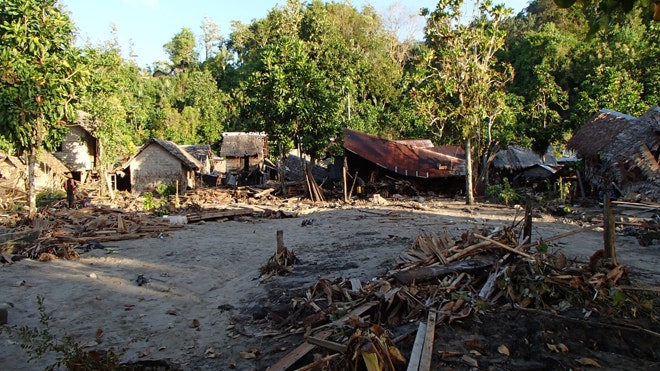
Medical examiners on Thursday were working to identify at least two people who died after a small plane crashed near the runway at Casa Grande Municipal Airport on Wednesday morning.
It is still unclear how many people were in the Beechcraft King Air, a twin-engine turbo-prop plane, that crashed shortly after 11:30 a.m. Wednesday, just north of the runway.
The plane was destroyed by fire, said Jim Morgan, assistant fire chief of the Casa Grande Fire Department.
The charred remains of the two people were visible at the crash site. It is possible that more remains could be found in the crash, Morgan said.
The medical examiner is working to identify the bodies at this time.
An investigator from the National Transportation Safety Board was on the scene Thursday, and plans to have the wreckage removed to a Phoenix storage facility by the evening.
The investigator, alongside an investigator from the Federal Aviation Administration is scheduled to do a physical examination of the wreckage Friday.
The plane is registered to a Tuscon company, said Ian Gregor, a spokesman for the Federal Aviation Administration.
Additional information was being withheld until officials notify relatives of the deceased.
The National Transportation Safety Board will be the lead agency in the investigation, although it could take months to determine the cause of the crash, Gregor said.
The plane was flying from west to east as it began to land, Morgan said.
“The airplane made a sudden ascent and a sudden descent where it crashed,” Morgan said.
A firefighter working outside a nearby fire station told investigators that as the plane approached the runway, it went straight up about 200 to 300 feet, made a sharp left turn and crashed.
“It could have been what is known as a stall,’’ Morgan said.
One witness apparently saw the plane, which looked like a six-seater, try to land on the runway when it kicked up and flipped over. Gary Couch, a retiree, was at the airport having coffee with friends when he heard the crash and saw the aftermath.
“We saw a lot of black smoke and a lot of flames,” Couch said. “You just feel sorry for the people in the plane.”
Morgan said it’s been several years since an accident like this occurred in Casa Grande.
Officials said several flight schools around Phoenix use the airport for training. The airport is often used as a halfway point between Tuscon and Phoenix. It does not have a control tower, so instrument landing rules are in effect.
Instructors and their students often practice touch and go drills, where they land and take off without coming to a full stop
Thursday 7 February 2013
http://www.azcentral.com/community/pinal/articles/20130207casa-grande-plane-crash-examiners-try-id-victims-abrk.html?nclick_check=1








